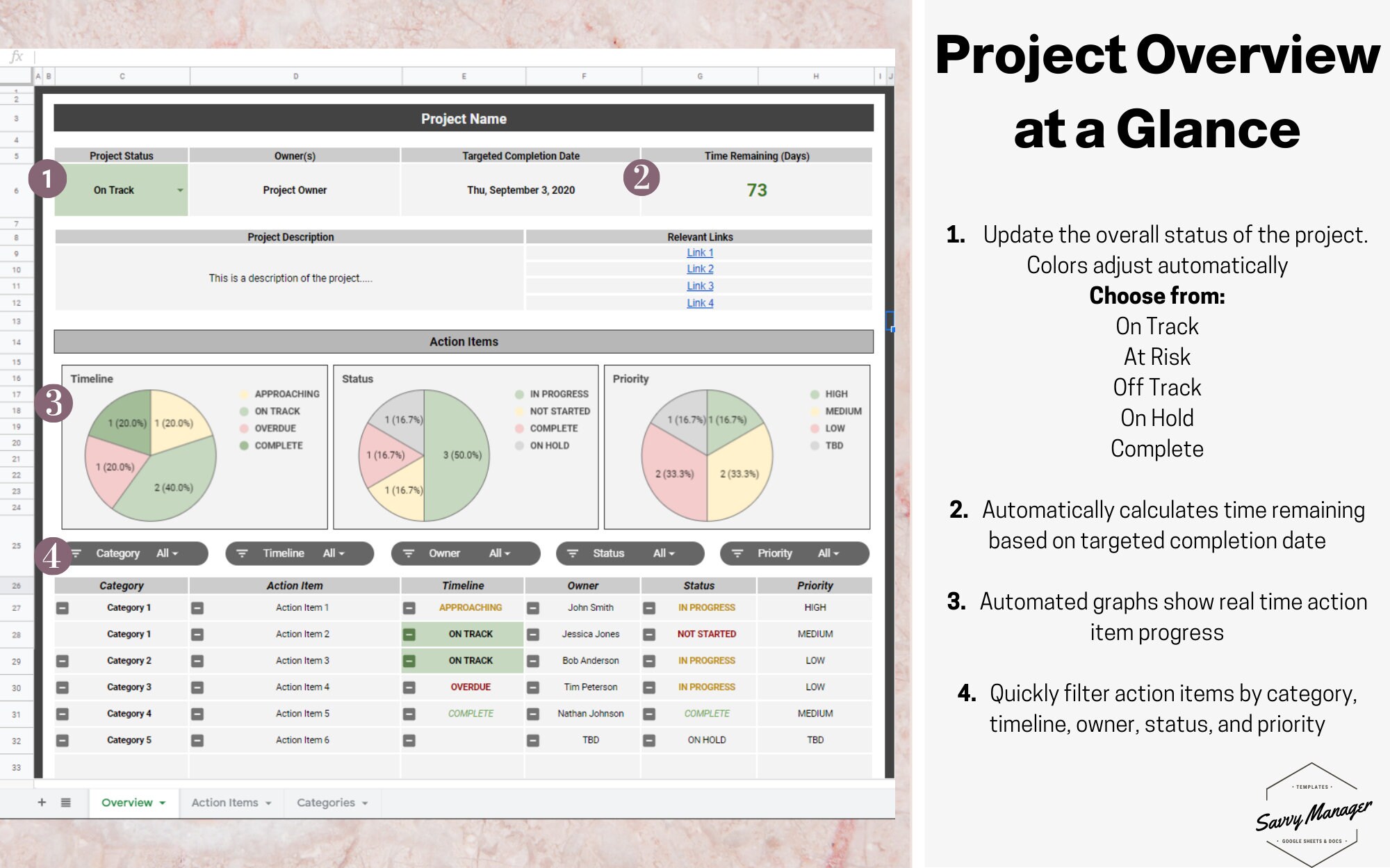

- #Google project planner how to#
- #Google project planner update#
- #Google project planner full#
- #Google project planner code#
- #Google project planner download#
#Google project planner download#
Once you have made the purchase, you will get an email with a download link. Good news: You can share the templates within your organization and with your clients or contractors. Whether you want to add further columns, change the colors or add your company logo: you can do all of that with a few clicks.

You can easily customize the documents in the way you want. You need a Google Workspace / Google Suite account that includes Google Docs, Google Sheets and Google Slides. What application do I need to use the templates? In the dashboard, you instantly see the budget status incl. You can also track actual efforts, as you can see in the image below. The Project Budget will automatically add up your numbers and give you the total budget in a clean, simple dashboard.įinally, use the Actual columns to track actual costs on an ongoing basis. Use the other tabs for material, equipment, services and travel to plan out other budget types. No need to correct formulas one by one! It all works automatically. Should any of the rates change, you only need to maintain them once in the Rates tab. The Project Budget for Google Sheets will automatically calculate the labor cost for you.

Maintain their daily or hourly rates, e.g.
#Google project planner how to#
How to use the Budget sheet: First, enter your team members and their estimated effort on a per-week basis. You can see the variance between what was planned vs. My Project Budget for Google Sheets – which has already served hundreds of PMs in its Excel version for many years – enables you to do exactly this kind of pragmatic cost tracking that I described. This way I could immediately spot deviations from our projections which would indicate a potential problem (or misestimation). I also didn’t just want to track costs, but also effort. I always wanted a budgeting spreadsheet where I could track planned and actual values side by side.

#Google project planner full#
The templates work with the apps Google Sheets, Docs and Slides, and you can make full use of the sharing and collaboration features of the cloud. My project management templates are now “ready for Google Workspace” and you can get them here. Once I had created all template, I shared them with my coworkers and my followers on Tactical Project Manager. Because if you don’t like your templates and spreadsheets, you are likely not going to keep your documentation up to date, which is not good. So I wanted to have tools I enjoyed using. After all, I was going to spend 10-12 hours on leading projects every day.
#Google project planner code#
And the macro may in fact give you incorrect data if a spreadsheet is modified but the code is not. Who is going to maintain the macro? You may not have the skills to maintain it. No macros: While it’s nice if you can automate some of the steps, macros can be a huge liability long term.Keep formulas simple: Anybody using my templates should be able to understand instantly how they worked and what the formulas did.
#Google project planner update#
If the labor rate for one of my resources went up, I only wanted to update the rate once and my budgeting spreadsheet should automatically recalculate to project cost. If I needed to know when a particular task was due, I could pull that information within 3 seconds.


 0 kommentar(er)
0 kommentar(er)
